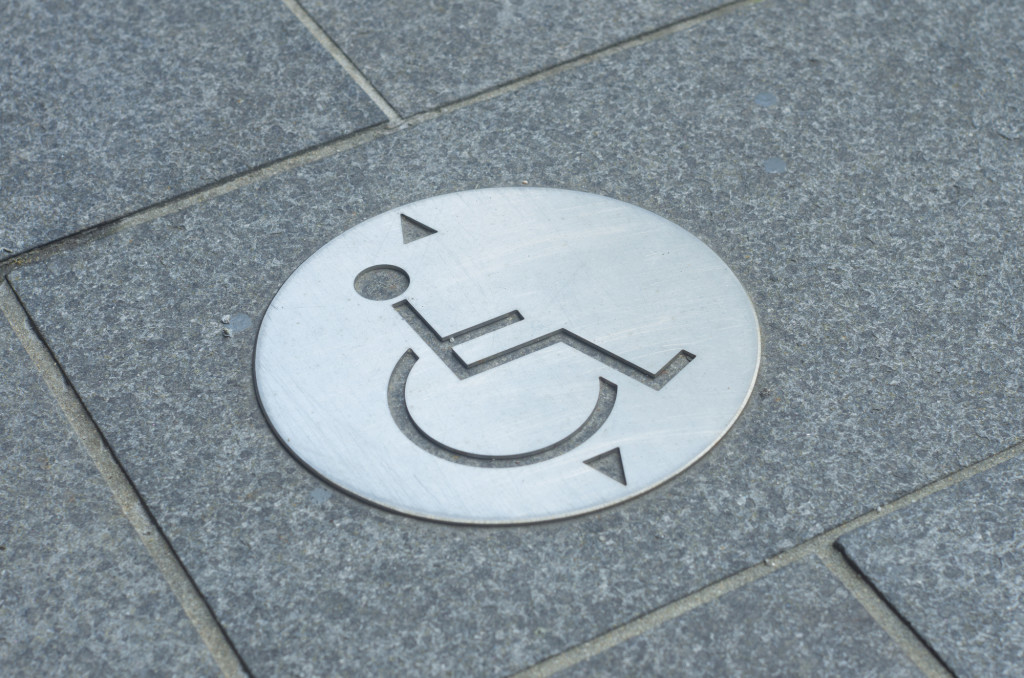 QUESTION:
QUESTION:
What is the difference between the American’s With Disabilities Act (ADA) of 1990 and the ADA Amendments Act of 2008 when it comes to privately-owned buildings?
ANSWER:
The ADA of 1990 wasn’t as detailed and explicit as one would hope when it comes to the legal explanation of accessibility in privately owned buildings. With the ADA Amendments Act of 2008, we get an expanded definition that now includes a clear definition of commercial facilities. See below from 42 U.S. Code § 12181 – Definitions:
SUBCHAPTER III – PUBLIC ACCOMMODATIONS AND SERVICES OPERATED BY PRIVATE ENTITIES
Sec. 12181. Definitions
As used in this subchapter:
(2) Commercial facilities
The term “commercial facilities” means facilities
(A) that are intended for nonresidential use; and
(B) whose operations will affect commerce.
Such term shall not include railroad locomotives, railroad freight cars, railroad cabooses, railroad cars described in section 12162 of this title or covered under this subchapter, railroad rights-of-way, or facilities that are covered or expressly exempted from coverage under the Fair Housing Act of 1968 (42 U.S.C. 3601 et seq.).

Access Advocates uses our ADA architectural skills honed over the last 20 years to help you get buildings ADA compliant, one building at a time. Our services are free to people with disabilities. We want to help you make a difference and get buildings ADA compliant.
Contact us today! Do you have a question for Hank, our ADA expert? Ask him here and he’ll send you a private, personal response.
Interested in learning more? Stay tuned as we continue our summer series with new posts detailing the main differences between the ADA of 1990 and the ADA Amendments Act of 2008. We’ll be sharing this information over the course of the summer, so check back often!
